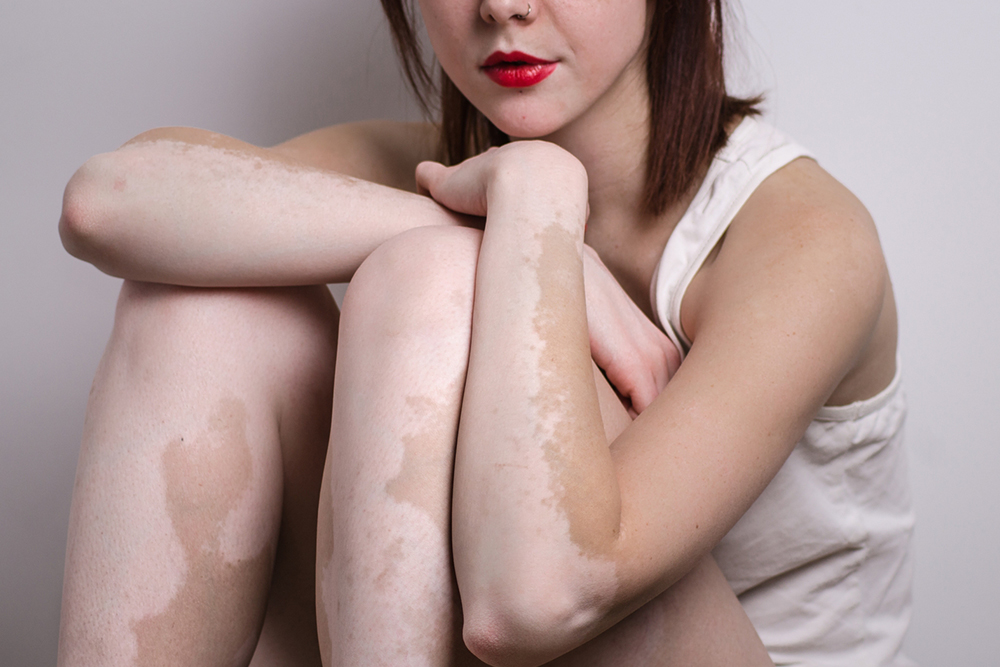Vitiligo – Causes and management options

Vitiligo is a condition that makes certain areas of the skin lose their natural color or pigmentation. Its symptoms can develop in a few patches on the skin or across the surface. While the condition is considered mostly harmless when it comes to physical health, it has visible symptoms that can be managed. Knowing the potential causes of the condition and all available management options can help one find appropriate treatment for vitiligo.
Causes
Vitiligo is a condition wherein melanocytes, the cells that produce the skin pigment, die or stop making the pigment. The areas where the activity of melanocytes stops become lighter or white in color . While the exact reason for this change in pigment production is unknown, a few likely risk factors have been determined.
1. Autoimmune disorder
Certain autoimmune disorders could be the possible cause of the condition. Such a disorder develops when the immune system starts attacking healthy cells, mistaking them for foreign invaders. In the case of vitiligo, the immune system could attack and kill the healthy melanocytes, which leads to skin depigmentation.
2. Family history
Another possible risk factor for vitiligo is family history and genetics. So, those with a family member dealing with the condition are more likely to develop it.
3. Stress
Elevated emotional stress is also believed to impact the activity of melanocytes, which can then change the amount of pigment they produce. The same thing can also happen when one experiences physical stress, such as an injury, severe sunburn, or skin trauma.
4. Environmental factors
Exposure to certain chemicals or ultraviolet radiation can also impact the functioning of melanocytes, contributing to the development of vitiligo.
Treatments
Currently, vitiligo has no known cure. That said, several treatment options are available that can help restore skin color or even out skin tone. A doctor may suggest one or more of these treatments depending on how much the condition has progressed and the affected areas of the skin.
1. Light therapy
When undergoing phototherapy or light therapy, the vitiligo-affected skin is exposed to certain ultraviolet B (UVB) light wavelengths. This treatment is known to help slow down or even stop the progression of vitiligo.
2. Depigmentation
If no other forms of treatment seem to work and the vitiligo has spread extensively, doctors may suggest depigmentation. In this treatment option, the unaffected areas of the skin are treated so they lose their color and blend in with the color of the vitiligo-affected areas.
3. Skin grafting and blister grafting
These options are two different types of surgeries. In skin grafting, small sections of pigmented skin are surgically transplanted onto the areas of the skin that have lost pigmentation. In blister grafting, the doctor first creates blisters on the pigmented skin with the help of suction. Then, the top layer of the blisters is transplanted onto the vitiligo-affected area.


